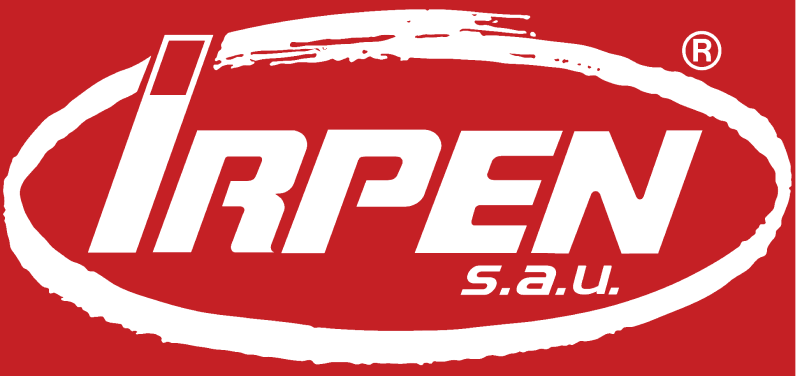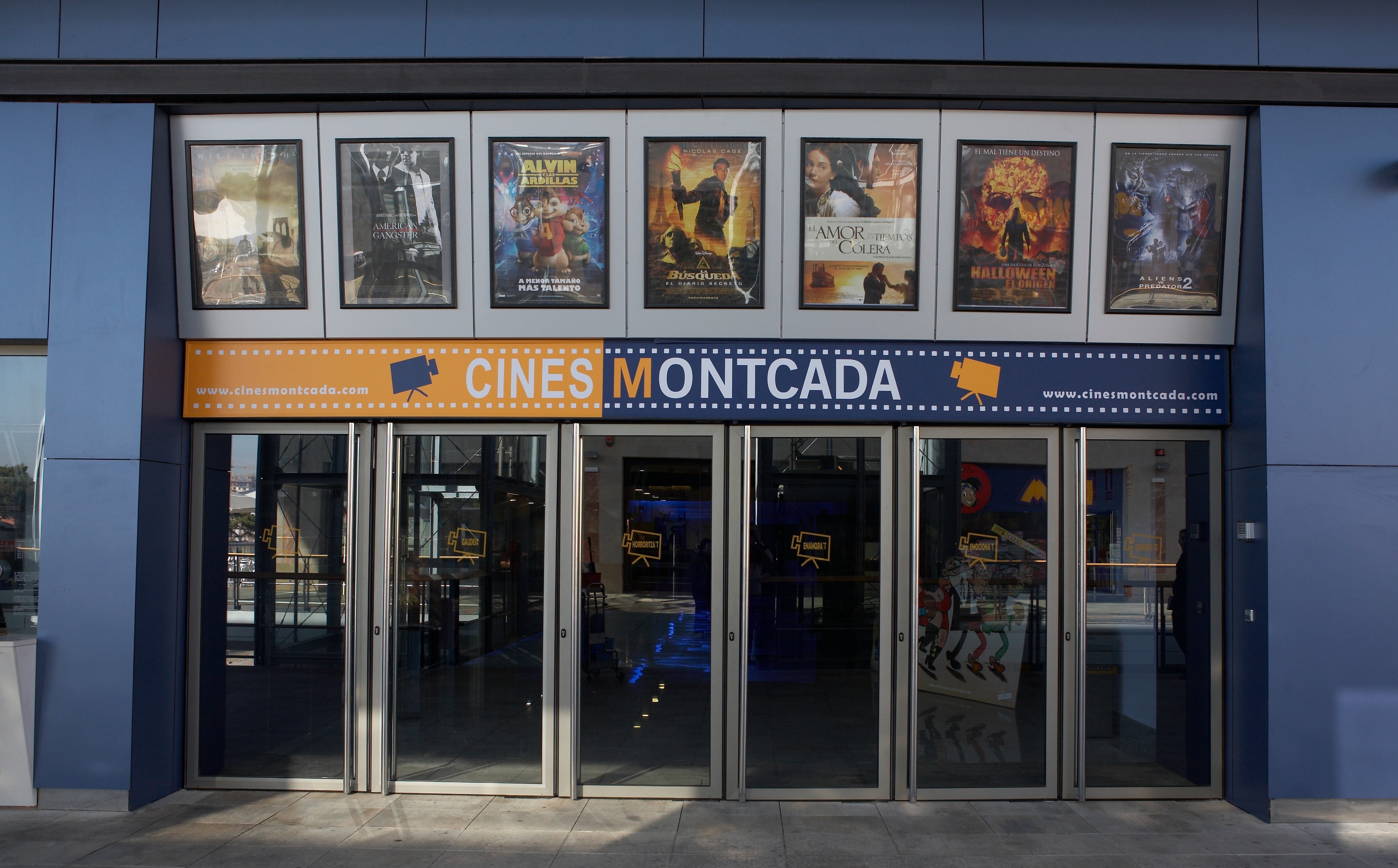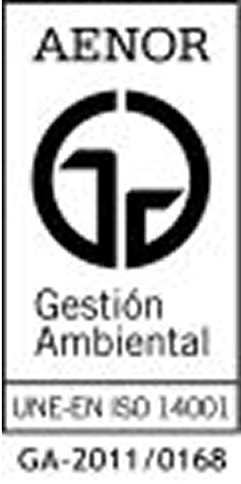Aluminium/Polyethylene Composite Panels
GT panel handling (Aluminum/Polyethylene)

What is the GT (aluminum/polyethylene composite) panel?
The GT panels are made up of two aluminum sheets and a central polyethylene core. They are available in 2, 3 and 4 mm thicknesses with a wide range of sizes, colors and specific finishes (suitable for vinyl application, digital printing, screen printing or painting). Its main features include:
-It doesn't discolor.
-Dimensional stability.
-It does not expand or contract at extreme temperatures.
-Excellent stiffness with a very light weight.
-Smooth surface and precision planimetry.
-Easy to machine, fold and cut.
-Long lasting.
-High impact resistance.
-Corrosion resistant.
-Great sound insulation capacity.
-Excellent behavior in the face of fire.
What are your most common applications?
GT is commonly used in:
-Internal and external signage
-Corporate image
-Interior design
-Displays and exhibitors
-Stand design
-Public transport
-Facades and false ceilings
-Industrial applications
-Commercial furniture
How is it manipulated?
Below are images of some applications (In all cases, workplace safety practices must be followed. ):
Sawing and cutting blades: Circular saw blades with carbide carbide teeth should be used. The geometry of the teeth should be, trapezoidal tooth/flat tooth, alternating, flat teeth with a chamfer at 45º.
The saw blades with a diameter of 300 mm, number of teeth: 72 teeth for simultaneous cutting of up to 5 plates at a time and 96 teeth for individual plate cutting, clean and without burr.
The saw blades with a diameter of 250 mm, number of teeth: 60 teeth for simultaneous cutting of up to 5 plates at a time and 80 teeth for individual plate cutting, clean and without burr.
Tooth thickness: 3.2 mm, 15º entry angle and 10º positive exit angle.
Milling: Circular saw blades with carbide carbide teeth should also be used. The geometry of the teeth should be, trapezoidal tooth/flat tooth, alternating, flat teeth with a chamfer at 45º. When milling, it is necessary to leave a thin layer of the core on the bottom sheet of aluminum of at least 0.3 mm. The shape of the groove determines the bending radius. The thin thickness of the remaining material allows manual folding, and there is no need to use a folding press.
Cutting speed: 3,000-5,000 rpm and feed speed 25-30 m/min.
Rectangular milling: Rectangular milling groove. V-milling allows manual folding.
Drill: The GT panel can be drilled with conventional screw drills of the same type used for aluminum or plastic, using common drills.
Cutting Angle: 100º-140º and chip detachment angle 30º-50º.
Drilling speed: 50-300 rpm, feed speed: 0.02 - 0.5 mm/revolution. Drill diameter: screw diameter + 2 mm.
Curved with folding machine: A folding press must be used. Minimum inner radius= 15 x panel thickness in mm.
Curved with roller bending machine: GT plates can be curved on a three-roll bending machine, and are recommended for making curves of large diameters.
Screwed and riveted: Self-tapping screws for sheet metal and wood, with heads of different shapes, can be used for indoor application or assembly. GT plates can be attached to each other or to other materials with standard rivets for aluminum. For riveting, the following formula must be used to calculate the distance from the drill to the edge of the plate: e= 2 x diameter of the screw in mm.
Guillotine cutting: GT plates can be easily cut with a guillotine or shear. The fasteners of the guillotine can cause damage to the visible face, so a pressure damper must be placed to prevent this.
Soldier: The polyethylene core can be welded with a cord of the same material, both of which are heated with a hot air blower.
Spray and spray painted: GT can be painted with air-dried acrylic paint, although it is recommended to apply the color with two-component polyurethane.
Riveted: To mount GT with rivets, it is possible to use standard aluminum rivets or blind rivets. Rivet diameter + 2 mm.
Folded: The GT can be easily folded by hand, pre-milling the back wall of the plate, according to the previous milling explanations.
Lamination and assembly of images or photographs: The GT surface can be laminated manually or mechanically with self-adhesive cast or calendered sheets. The panels must be clean and free of dust or grease. The sheet can be changed without problems and without damaging the GT's face.
Screen printing and digital printing: GT plates are suitable for silk-screen or digital printing decoration. Before printing, it is necessary to clean and degrease the surface. It is advisable to carry out a test prior to printing, as there may be certain incompatibilities between GT thermo lacquer and some printing inks.
Sharpen the edges: After cutting the GT, burrs must be removed from the edges, to avoid accidents, using a suitable tool in the direction of the length of the edge of the panel.
Drilled and die-cut: GT plates in any thickness can be drilled or die-cut using conventional sheet punching machines.
Adhesive vinyl: Before starting, the GT board must be cleaned properly.
Glued: For interior design, there are metal glues or universal glues on the market, depending on the desired application.














